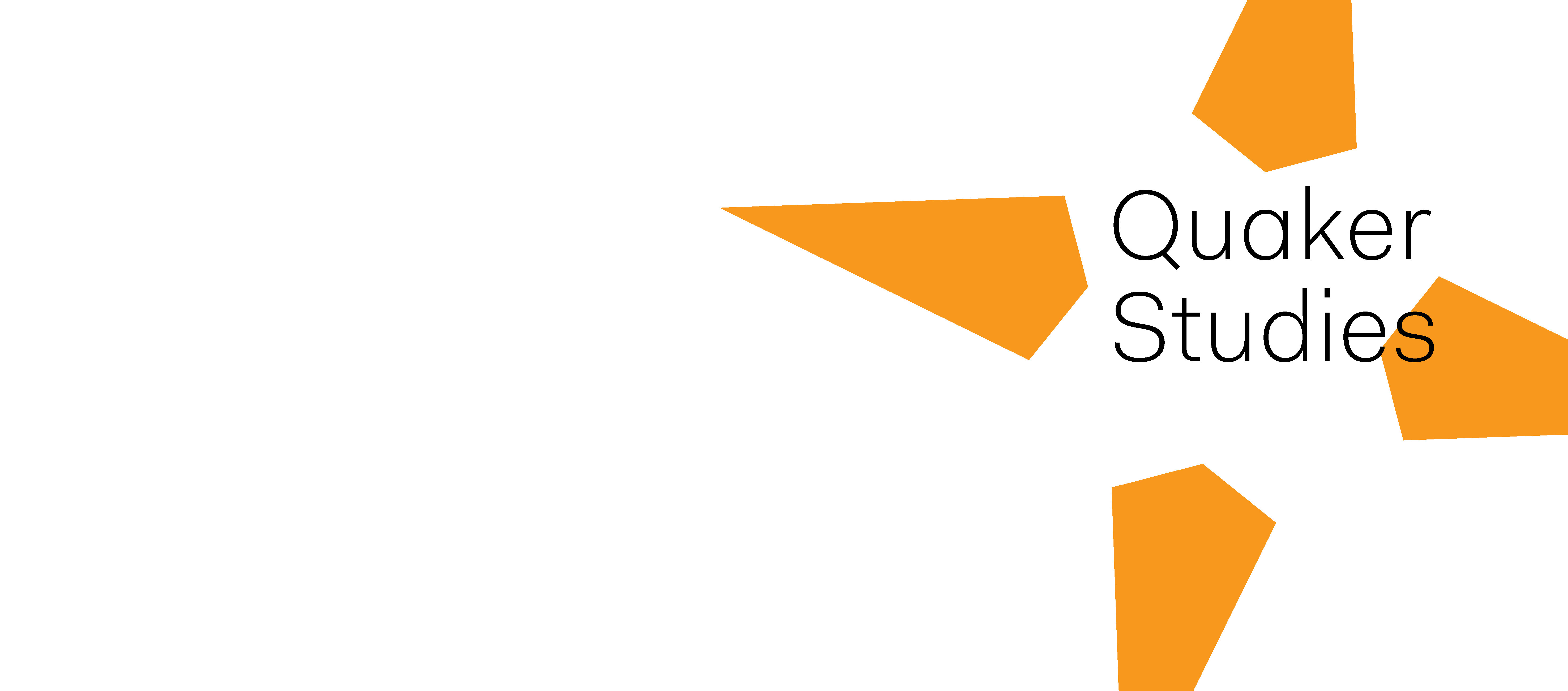The importance of printing to Quaker history has long been recognised. Kate Peters’ Print Culture and the Early Quakers (2005) examined Quaker printing in the very earliest years of the movement, while two later Quaker printers Andrew Sowle (1628/30–95) and his daughter Tace Sowle (later Sowle Raylton, 1666–1749) both have entries in the Oxford Dictionary of National Biography. Tace, in particular, is well-known to students of print culture in the period. Quakers were well aware of the crucial role of the printed word in spreading their message, which provided both father and daughter with much of their work. But Quakers sought to control that message. This they did with the establishment of the Second Day Morning Meeting, which met to consider which Quaker writings were suitable for publication.
Sally Jeffery’s book is another, and useful, contribution to the topic of Quakers and the world of print. Her focus is on the history of the Sowle family of printers in the context of the dissenting press of the period, broadly interpreted, including the role of women in the print business. The book traces the family history broadly chronologically, but the lives of Andrew and Tace Sowle do not overwhelm the narrative. Three of the eight chapters focus respectively on Andrew Sowle’s apprentice John Bringhurst, and on Sowle’s two surviving older daughters and their printer husbands, Jane (née Sowle) and John Bradford, and Elizabeth (née Sowle) and William Bradford.
Andrew Sowle was probably born in Gloucestershire, but was apprenticed to a London printer and spent the rest of his life in the capital. He and his wife Jane had three surviving children: Jane (b. 1655), Elizabeth (b. c. 1663) and Tace. He suffered periods of imprisonment for his faith, but apparently not to the detriment of his business. In 1674 he was named as the preferred printer by the Morning Meeting, together with the bookseller and bookbinder, Benjamin Clark. His print shop was raided in 1678, but he continued to print for Friends, despite a lengthy dispute with the Morning Meeting from 1679–81.
Sowle took on apprentices, who, while not necessarily related by blood or marriage, would have lived with the Sowles as part of the household. John Bringhurst, bound apprentice to Sowle in 1669, was probably his first apprentice. Bringhurst set up in business on his own account in 1679, printing Quaker books, but in 1685 he printed, or at least typeset, a Declaration of the rebel James, Duke of Monmouth, a treasonous activity that saw him flee to exile in the Netherlands, where he remained for much of the rest of his life.
Two further apprentices, John Bradford and William Bradford, married into the Sowle family: John to the eldest daughter Jane, and William to her sister Elizabeth. Like Sowle and Bringhurst, both couples demonstrated their resistance to authority, whether state or Quaker. Jane and John Bradford printed unlicensed and pirated copies of various works. Elizabeth and William emigrated to the American colonies where they continued printing, including the works of the Quaker schismatic George Keith, and changing their religious allegiance from Quakers to the Anglican Church.
Tace, the youngest daughter, carried on her father’s printing business after he retired in 1691. She had a better head for business than her father, chasing Friends for overdue payments and running a bookshop alongside the printing business. Unlike her father, she appears to have worked harmoniously with Morning Meeting. She continued running the business after her marriage and into her widowhood, eventually printing with her great-nephew Luke Hinde, who took over the business after her death.
Sally Jeffery is a typographer who writes about printing history, and this is demonstrated throughout this book in her analysis of printer’s imprints and types to answer questions of who printed what and when – and equally, who did not print it. For example, her study of the three extant versions of Monmouth’s Declaration evaluates the physical differences between them, but also considers the evidence of official records to conclude that the version printed by Bringhurst probably has not survived. Yet this volume is far more than a printing history. Jeffery has situated the Sowle family in their relationships with each other, their place in a religious community, and how their decisions, whether related to their faith or to political or commercial influences, affected their respective businesses. Jeffery firmly anchors those business premises in their localities; where known, the exact location of each print shop is described, while several maps enhance the text.
Although not an academic book, this short volume will undoubtedly be of interest to scholars of Quaker printing and to those interested in the role of Quaker women in business. The book is particularly well-illustrated, including examples of Sowle imprints. A bibliography would have been welcome, but endnotes provide sources for further research into the Sowle family and the print trade in the period. There is undoubtedly scope for a more lengthy account of the Sowle dynasty, and this book should be on the reading list of anyone considering such a project.
Competing Interests
The author has no competing interests to declare.
